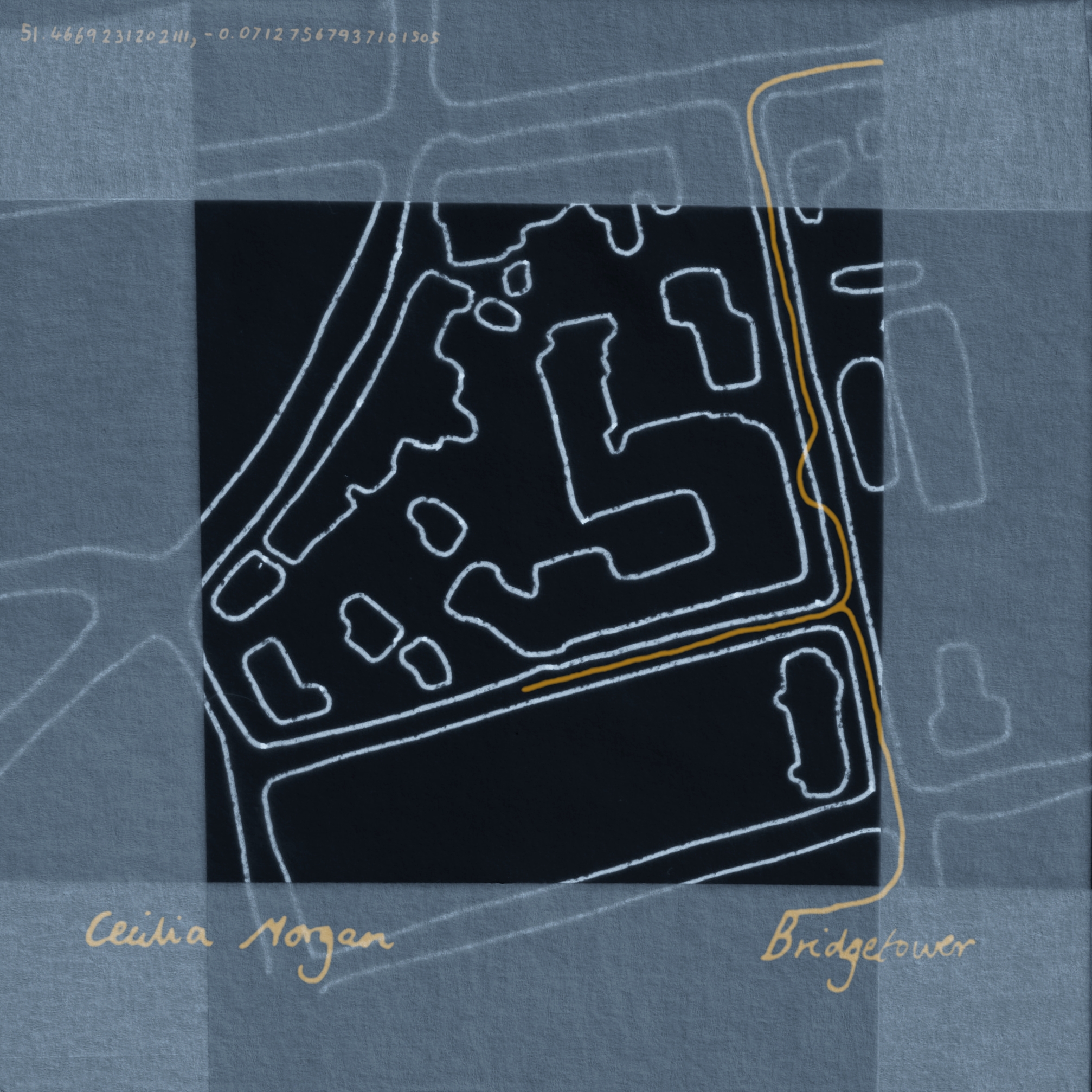
BRIDGETOWER
A three minute sonic dreamscape and lamentation uniting the past with the present by sound artist Cecilia Morgan.
SoundsWe commissioned composer and sound designer CIL to respond to the concept of the Black Atlantic.
Through field recordings and vocalisations, CIL reimagines Bridgetower’s work and grieves the neglect of his archive – and the archives of all other Black artists in history.
‘Bridgetower’ unites the past with the present at the site of nineteenth century composer and violin virtuoso George Bridgetower’s former home in Peckham, south London.
My electroacoustic piece draws from one of Bridgetower’s only surviving documented works.
My research was fuelled by conversations with Bridgetower expert Dr. Nicole Cherry, who founded ‘Forge with George’ in 2016, an ongoing project commissioning new compositional work that rediscovers and draws from Bridgetower’s surviving contributions. Excitedly, we discussed his life while remorsefully interrogating the disturbing, yet unsurprising, gaps in his fragmented archive.
Bridgetower’s connection to Cambridge – and thus my project – is academic, having earned a Bachelor of Music at Trinity Hall, being among a very small handful of Black students recorded as having attended British universities during the 19th century. My electroacoustic piece, ‘Bridgetower’, draws from one of Bridgetower’s only surviving documented works, ‘Henry, A Ballad’ (composed around 1812), as a starting point for melodic material both directly transcribed from, and improvised in response to the piece.
The environmental sounds are mundane for Peckham as residents and visitors know it in the 2020s, but sit in contrast with descriptions of the Peckham Bridgetower would have known.
These melancholic vocalisations, which sit in contrast with the hopeful, energetic nature of the original score, feel like a lament and are interwoven with field recordings I made while soundwalking (tuning into one’s environment, coined by Hildegard Westerkamp as part of the World Soundscape Project) around the site of Bridgetower’s former home in Peckham, where his blue plaque is situated. The environmental sounds are mundane for Peckham as residents and visitors know it in the 2020s, but sit in contrast with descriptions of the Peckham Bridgetower would have known.
In addition to voice, environmental sound and a sporadic bass drone, electronically distorted recordings of London bells complete the palette of the piece. The disturbing significance of the plantation bell, an object that appears upturned in Fitzwilliam’s Black Atlantic exhibition (2023) and is inextricably linked to exploitation and pain, was something I wanted to investigate in this project. Learning this association changed the way I heard bells, a timbre I had previously linked either to school or to formal, religious, perhaps joyous occasions.
The disturbing significance of the plantation bell.
I read about a Black American family, the McCoys, who took ownership of a bell that had been used on their land – where their ancestors had endured generations of unimaginable pain – now using it as a symbol of power and healing. ‘I’ve been ashamed to tell this story,’ McCoy said. ‘My mother and father would not have let us tell this story.’ The reverberant bells scattered through Bridgetower, sometimes sinister, sometimes serene, echo this energy of reclamation, while acknowledging the shackles that have long outlived abolition.
Acknowledgments: Research consultation with Dr. Nicole Cherry, Assistant Professor of Violin at The University of Texas at San Antonio.
Melodic material derived from and inspired by Henry, A Ballad by George Bridgetower (1812).
(c) Cecilia Morgan, 2024

Cil Morgan is a multidisciplinary composer, sound artist and qualitative researcher. Connect with Cil here.
